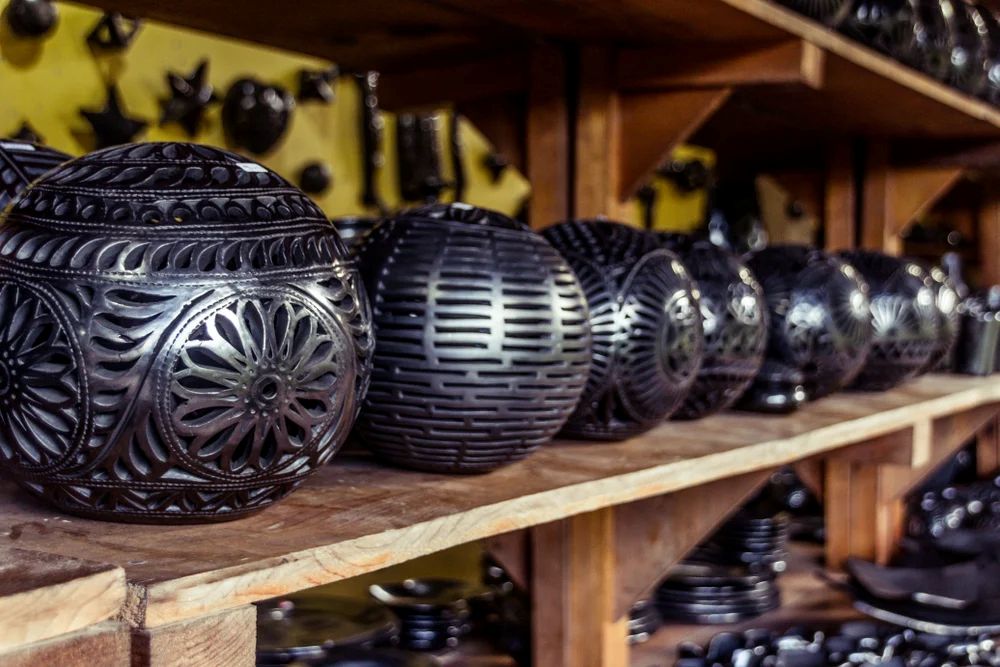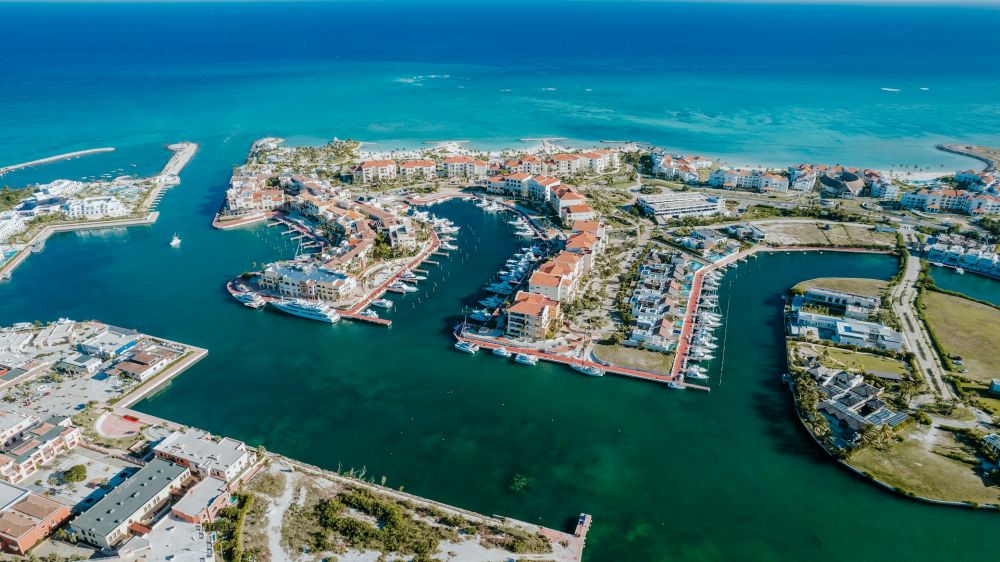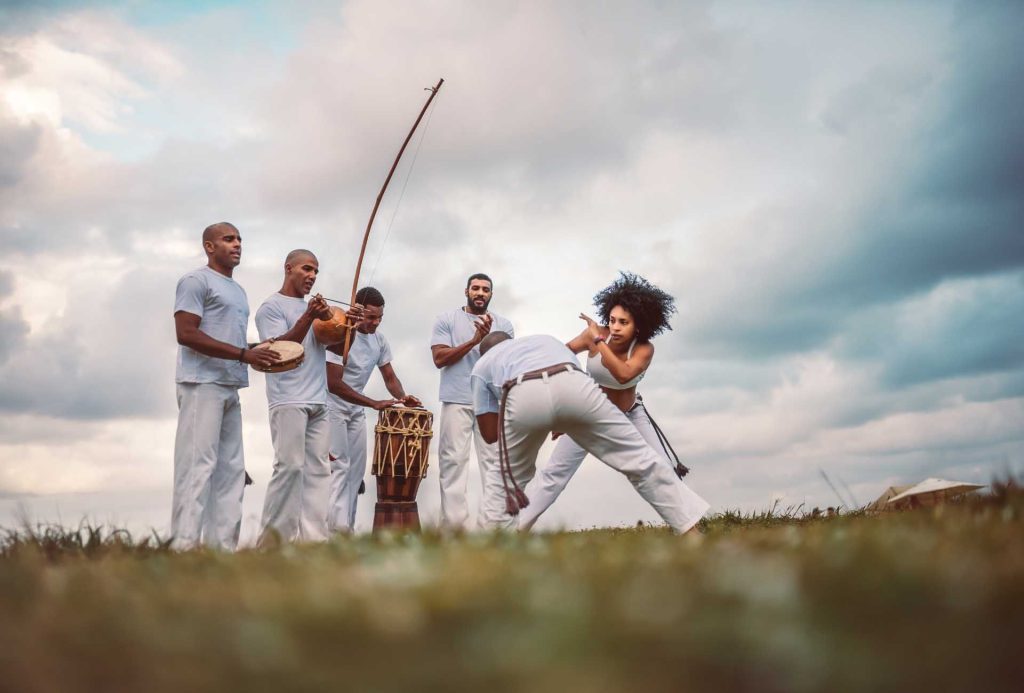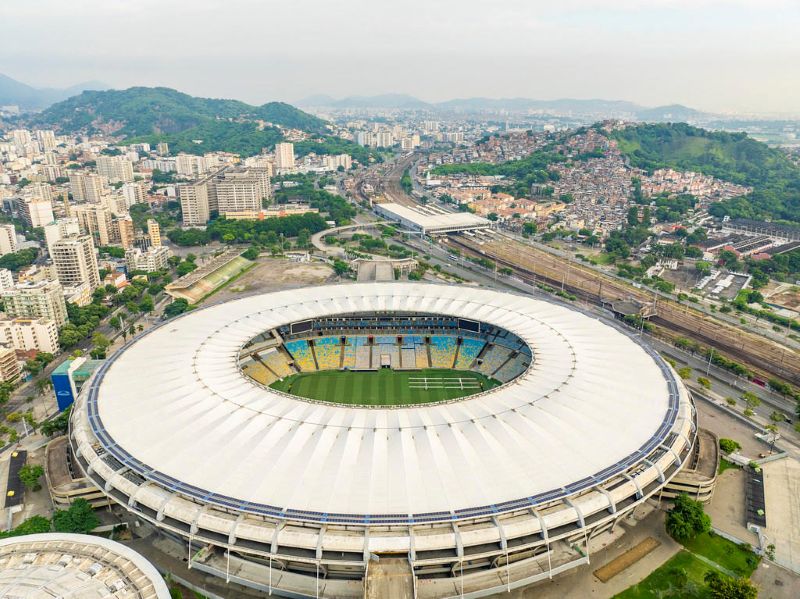More and more travelers over 50 are choosing Latin America to explore its heritage, savor its cuisine, and take the time to recharge. They travel without haste, with a genuine interest in local culture and clear expectations for comfort and safety. This behavior, steadily increasing in recent years, defines what is called “Silver Tourism” — a segment that is beginning to transform the inbound travel market in the region.
A Global Market on the Rise
Tourism for seniors is now established as one of the most stable trends in international travel. According to the American Association of Retired Persons (AARP), 65% of Americans over 50 plan to travel each year, with an average expenditure exceeding USD 6,000 per person. In Europe, baby boomers account for nearly one-fifth of the population and have significant disposable income for leisure, with a growing interest in cultural and authentic destinations.
In this context, Latin America attracts a generation of experienced travelers seeking comfort, safety, and genuine experiences. Its mild climate, hospitality, and rich cultures make it an ideal setting for trips where exploration meets well-being.
A study published in 2025 by the Universidad Externado de Colombia confirms this trend: travelers over 55 dedicate a larger portion of their budget to accommodation, gastronomy, and cultural activities. They prefer itineraries with minimal travel, boutique lodgings, and experiences focused on quality service and friendliness.
Colombia: Accessible Heritage and Tailored Stays

Between history, nature, and gastronomy, Colombia captivates senior visitors with its relaxed pace and hospitality. In Cartagena, the historic center’s narrow streets, boutique hotels housed in colonial mansions, and cuisine inspired by Caribbean flavors create a refined experience. Inland, Villa de Leyva, Barichara, and Popayán embody timeless charm, where architecture, heritage, and the art of living harmonize perfectly.
In the coffee cultural landscape, traditional haciendas converted into rural lodges, tastings, and walks among plantations combine authenticity and well-being in a mountain-friendly and welcoming atmosphere.
Peru: Andean Heritage and the Art of Well-Being
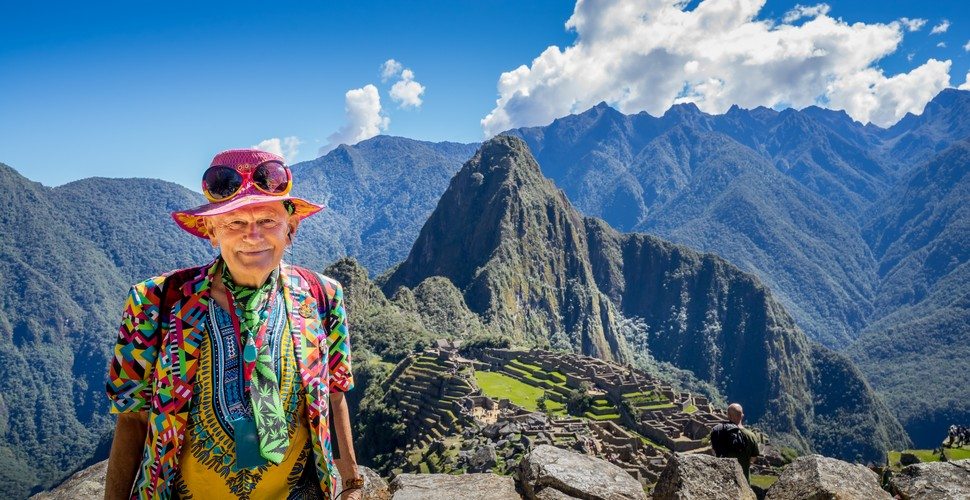
In Peru, the fascination with Cusco and the Sacred Valley extends to other tranquil destinations: Arequipa, Puno, or the Colca Canyon, where well-being is rooted in Andean traditions. In Lima, travelers enjoy the encounter of heritage and gastronomy, discovering a country that also tells its story through its flavors.
Peru’s tourism offering has expanded with boutique hotels, wellness programs inspired by local cultures, and optimized flight connections enabling multi-destination trips within a single stay.
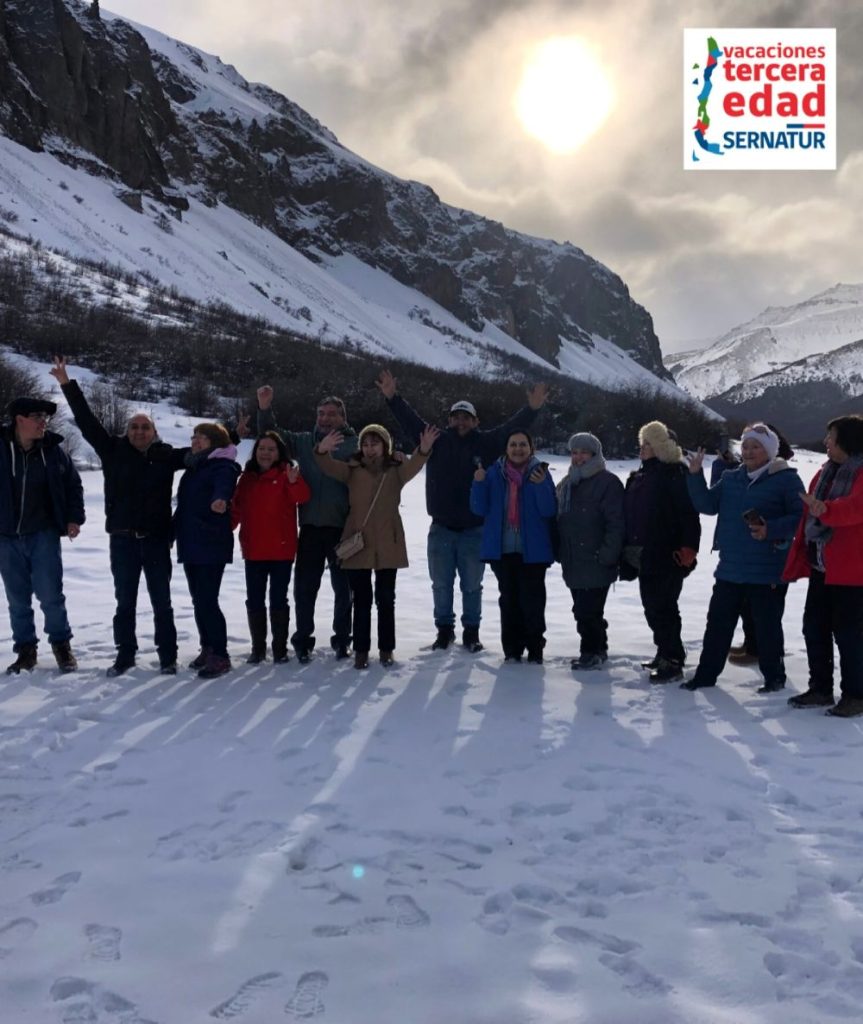
Chile: Serene Landscapes and Adapted Hospitality
From the Maipo vineyards to the shores of Lake Llanquihue, Chile offers balanced, accessible itineraries with exemplary comfort. Its charming cities — Valparaíso, Puerto Varas, La Serena — combine culture, gastronomy, and premium services. Sernatur’s “Vacaciones Tercera Edad” program has also helped structure an inclusive offer based on accessible accommodations and personalized attention, now a regional benchmark.
You may also like: Wellness Tourism in Latin America: Thermal Waters, Rituals, and New Sensory Journeys
And Beyond…
The movement extends to other destinations: in Mexico, the Yucatán Peninsula and artisan villages attract with culturally adapted experiences; in Costa Rica, wellness and ecotourism programs complement an already recognized sustainable offer.
These initiatives demonstrate that silver tourism is not a niche market but a strategic lever to diversify flows, extend seasons, and strengthen the local economy.
The rise of silver tourism reveals Latin America’s potential as a leading destination for discerning, curious, and loyal travelers. Beyond a demographic trend, it represents a new travel philosophy: traveling to feel, share, and give meaning back to time.
On a continent where hospitality is a way of life, silver tourism is emerging as one of the most promising drivers of sustainable and deeply human tourism development.
Photos: Sernatur | Sébastien Walkowiak | Andrei Porzhezhinskii | Eileen_10


